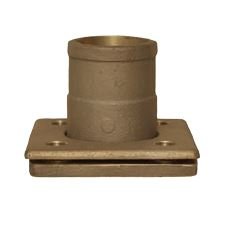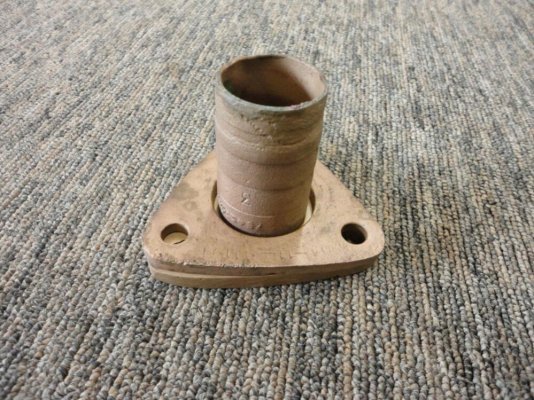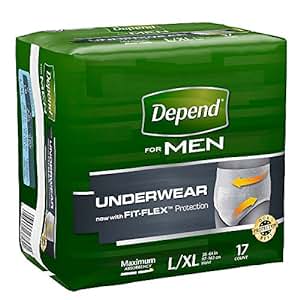diver dave
Guru
- Joined
- Jan 13, 2017
- Messages
- 2,570
- Location
- United States
- Vessel Name
- Coquina
- Vessel Make
- Lagoon 380
SB?
I thought about trying the ketchup/catsup, but we haven't really stocked our boat fridges yet so didn't have any on hand. I suspect the Brasso might have been cheaper.
Did some poking around with the multi-meter, inconclusive results. I have continuity between shaft and tube, shaft and flange, tube and flange... on both sides. O Ohms resistance on the starboard shaft/tube, about 1.2 Ohms on the port shaft/tube (port being the one in question). No clue whether ~1.2 Ohms is significant, or relevant.
In our owners forum, I'm told the tube and flange are indeed separate, and the shaft is free-floating (so to speak) within the tube (i.e., supported by the gear at one end and by the two struts with cutless bearings toward the other end).
-Chris
Sorry SB = silicon bronze.
Got to be careful measuring from metal to metal when there may be galvanic voltage present. A small dmm uses ohmmeter voltage source not much stronger than the existing voltage present. If V is present, the Ohm readings will not be correct.






 The OPs boat is in Maryland. In cold water those fittings could sweat and as a result some galvanic activity or general corrosion could occur. Fitting failure no
The OPs boat is in Maryland. In cold water those fittings could sweat and as a result some galvanic activity or general corrosion could occur. Fitting failure no Same as underwater fittings a protective coating would help insulate the metal from the moisture
Same as underwater fittings a protective coating would help insulate the metal from the moisture